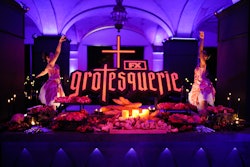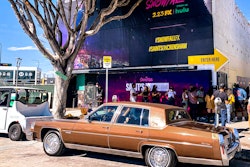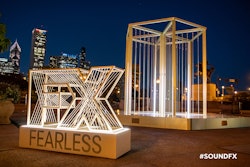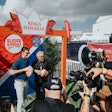
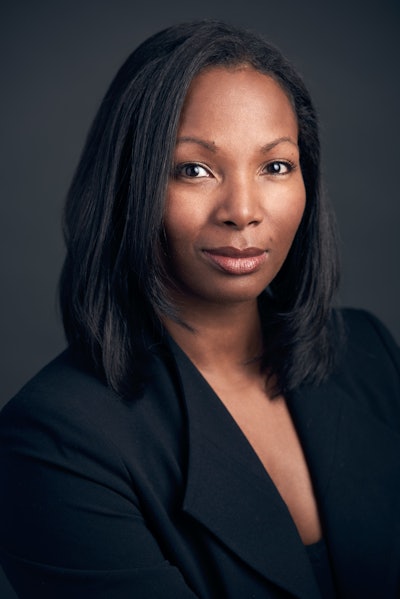 Photo: Courtesy of Kenya Hardaway
Photo: Courtesy of Kenya Hardaway
1. Find creative inspiration in things that excite you.
There is a lot of pressure to be creative, and it can be daunting when you need to produce an amazing idea and are coming up short. I think the best way to begin the process is to lean into things that excite you. Give yourself time to search for inspiration, dive into your areas of interest, and explore! You need new experiences to stimulate creativity. When possible, step away from your norms and try something new. Be sure to indulge all your senses, because creativity isn’t just sparked by what we see.Then slowly begin compiling things that speak to you and weave them into your concept. Let the amazing work of others challenge and inspire you. I like to build pinboards of random things that catch my eye. I follow various artists, designers, and content creators because I never know where inspiration will come from—but I know appreciating great work is part of my process.
2. Develop a narrative.
Once I have the “big idea,” I like to develop a narrative for the experience that maps out the journey I want the guests to take. It’s a creative strategy that guides us through the process and ensures we remain true to the concept and deliver on the goal of the event.This narrative helps inform our choices, from invitations to takeaways and everything in between. The story should be unique to the event—so while it’s inspired by a show or the brand, it should speak to the experience guests are having. That shared narrative-based experience is what makes it memorable for guests and compels them to share.
3. Connection is a two-way street.
Connecting with consumers is the goal of the engagement, but it has to be a two-way street. There must be space for consumers to express themselves and feel seen, rather than just messaged to. Create moments where guests can customize their experience, capture personal moments, and craft a story in their own voice. Give them the tools they need to feel connected to the experience.4. Be strategic with technology.
It’s important to use technology wisely in your experience. It needs to make the experience richer, not more complex. Introduce new technology in a way that highlights the solution it offers. Make it make sense, and where possible, build a story around it that engages guests and entices them to give it a try. And most importantly, make sure it delivers the way it is intended to.Bottom line: It has to work. Don’t force tech just for the sake of having it. That being said, I love when tech can enhance storytelling and give guests a deeper experience. When I can use tech to seamlessly build worlds, feature characters, or immerse guests further into the series, I consider it a win.
5. Use statement moments—and branded swag—to stand out.
When I’m prepping for a large convention or multibrand event, I always have my mind on two elements that I consider “must haves.” First, I need a statement moment. I want a large-scale visual that becomes an identifier for the brand or show and serves as an amazing photo op. That is the element that I want to be synonymous with the event. Years later, I still reference certain activations by that marque moment.Second, I want a branded giveaway that can travel beyond the space, preferably an item that offers some utility or compels guests to share what they received. There is value in clever premiums; they amplify your message and spark conversation outside the event footprint.




